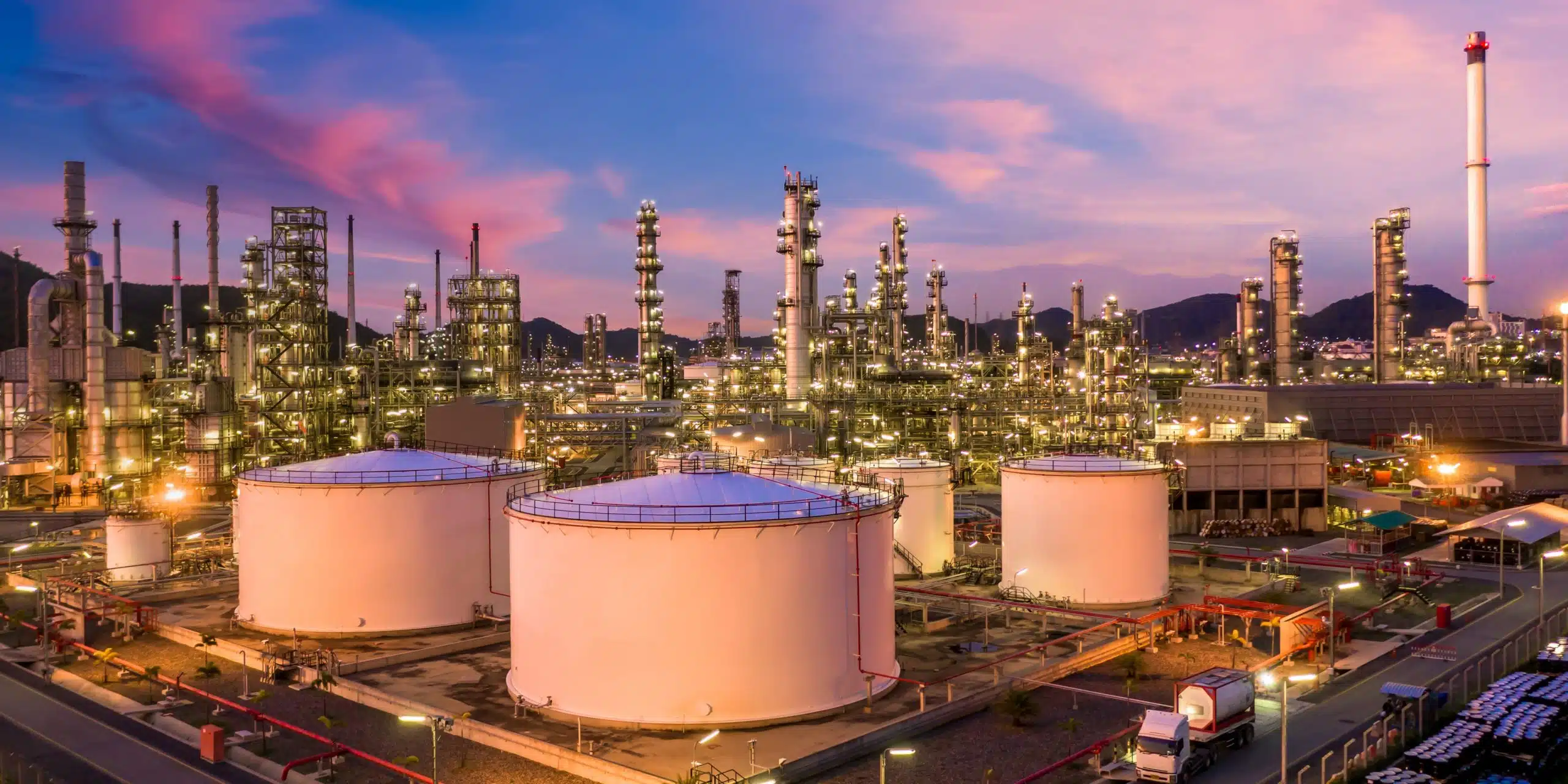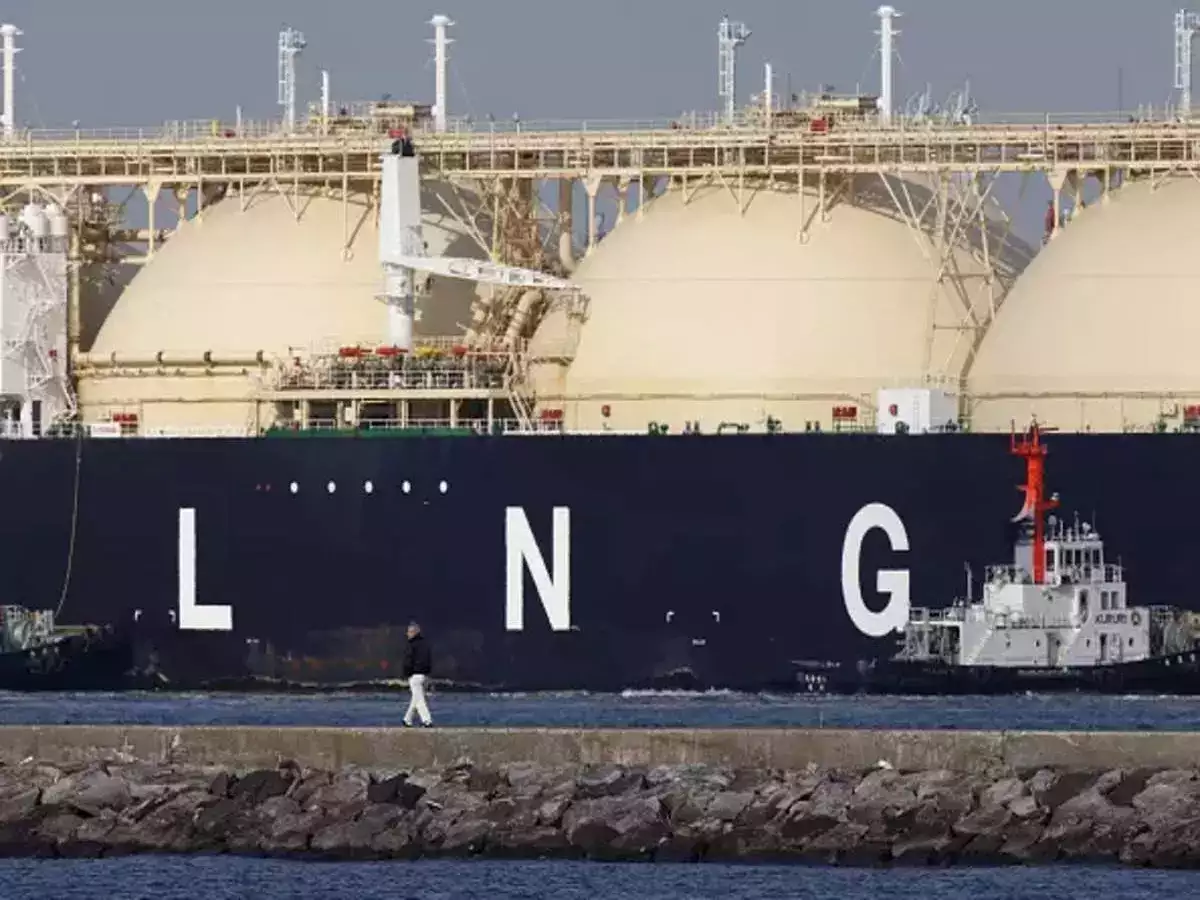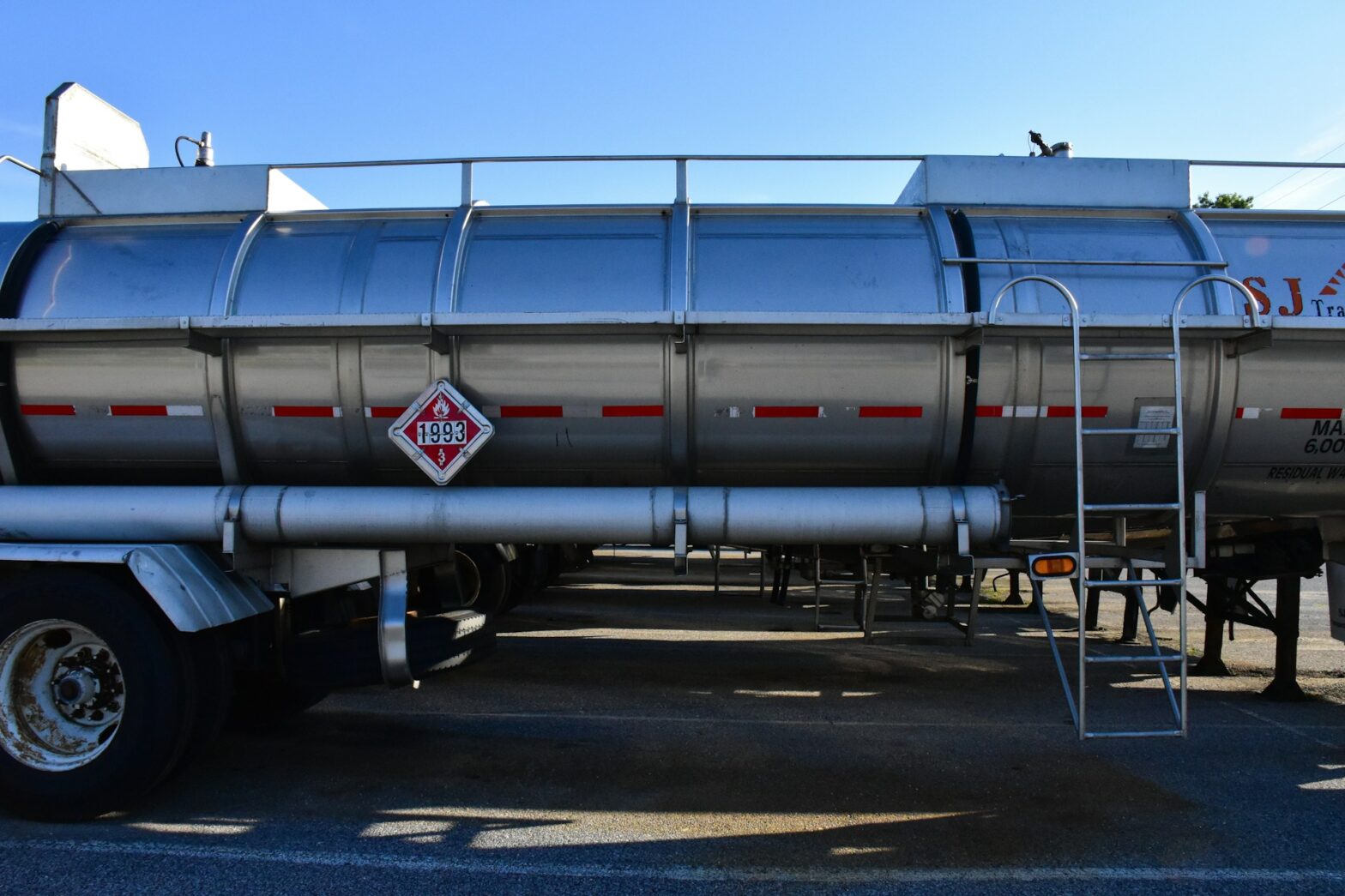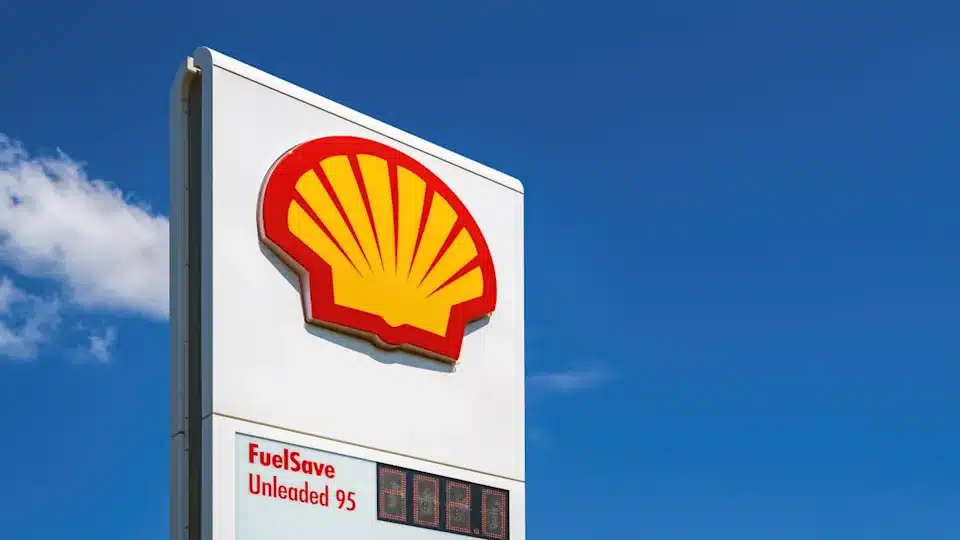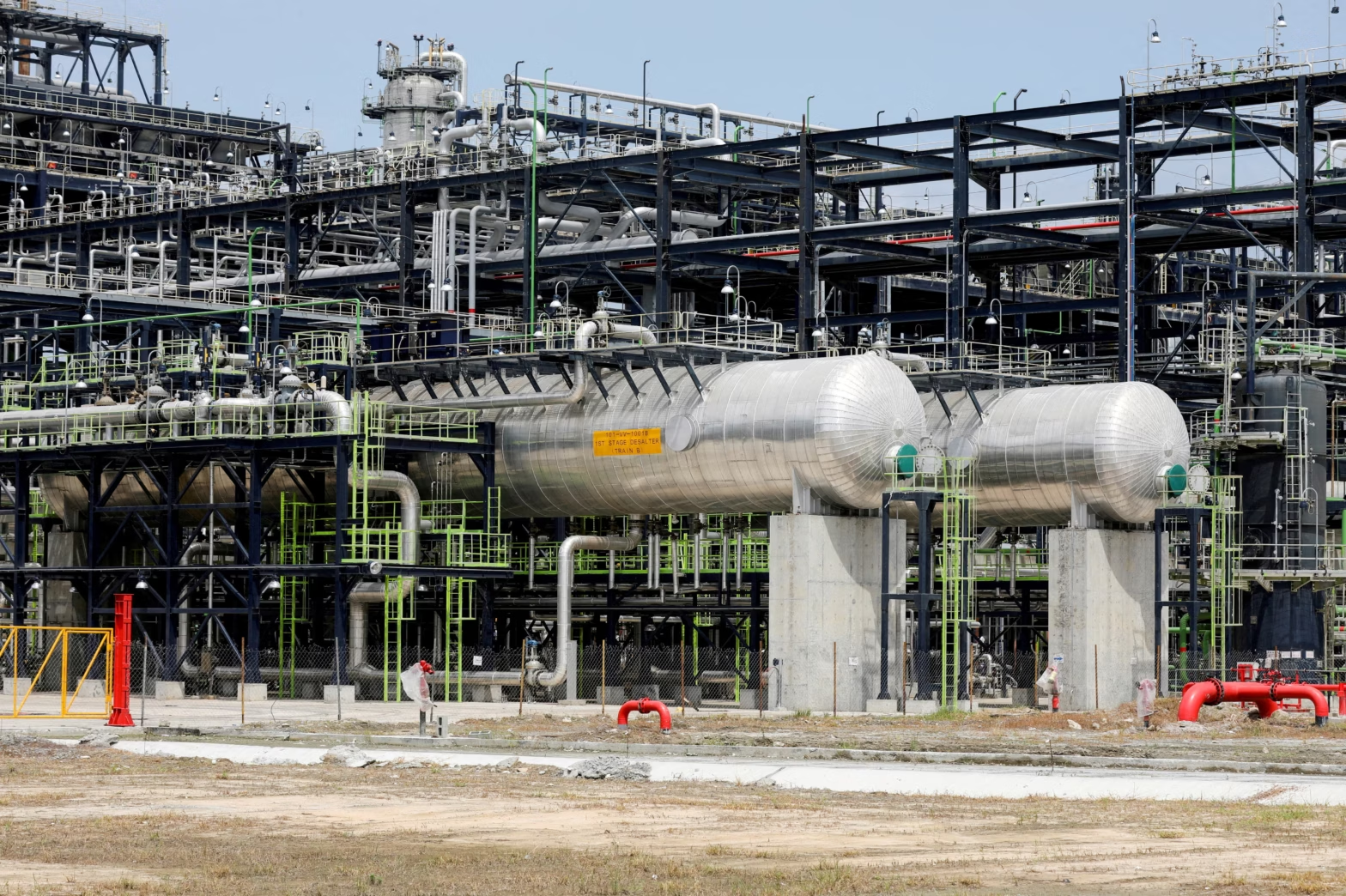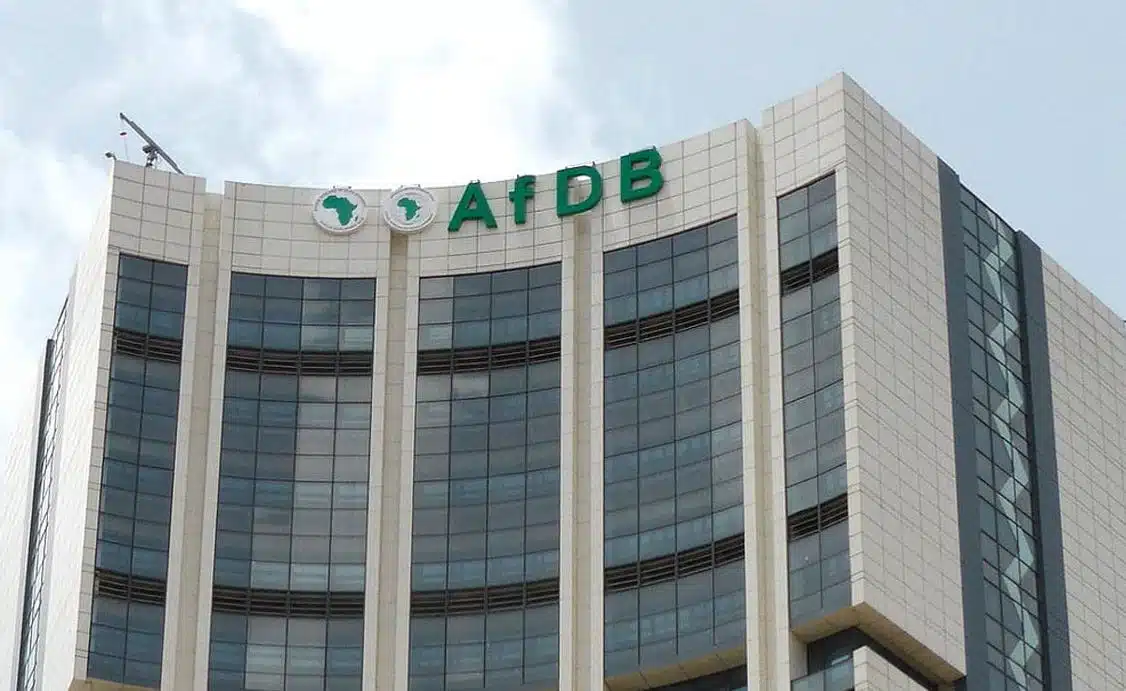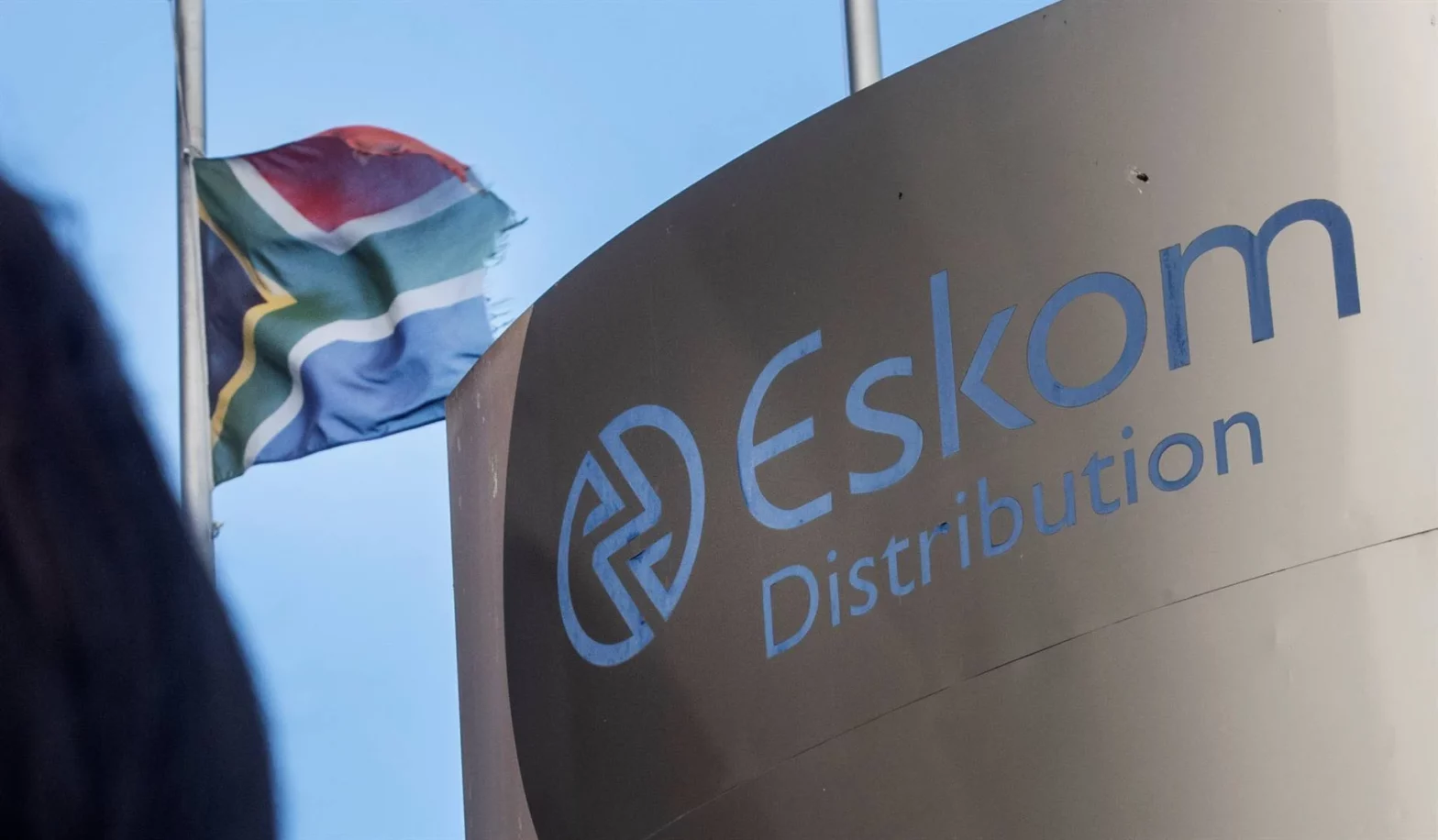Green Metals Refining Namibia (GMRN) plans to construct a sulfuric acid plant and manganese refinery east of Walvis Bay, in the southern African country.
Subject to obtaining environmental permits, operations are slated to commence in 2027.
GMRN disclosed this information in a report published by Mining and Energy on Monday, confirming that the manganese refinery project is currently in its Environmental Scoping Phase.
The company stated that the refinery aims to produce battery-grade manganese for lithium-ion batteries, which are used in energy storage systems and electric vehicles which follows the Namibia’s Electricity Control Board (ECB) approval in February 2025 to guide the installation and operation of electric vehicle (EV) charging infrastructure
The Environmental Impact Assessment (EIA) process is ongoing and expected to span a full year. Following the approval of the Environmental Clearance Certificate (ECC) and EIA, construction will begin.
However, the company explained that the construction start date hinges on an approved EIA and the issuance of the ECC.
The construction phase is estimated to last approximately 15 months. The planned operational date for the refinery and sulfuric acid plant is the first quarter of 2027.
The project will proceed in stages, achieving full operational capacity by 2032. In the initial stage, the refinery will process 25 kilotons per annum (kt/a) of manganese and produce 500 tons per day (t/d) of sulfuric acid.
Stage 2 production will increase to 50 kt/a and 1,000 t/d, while Stage 3 production will reach 100 kt/a of manganese and 2,000 t/d of sulfuric acid.
Correspondingly, water and power demands will escalate, with Stage 1 requiring 5 megavolt-amperes (MVA) and 30 cubic meters per hour (m³/h), and Stage 3 requiring 25 MVA and 80 m³/h.
GRMN said its choice of location was also based on Namibia’s ability to favorably produce renewable energy aided by the government’s intent to become a bulk exporter of green hydrogen.
GMRN also mentioned that the manganese refinery will produce high-purity manganese through various processes, including crushing, grinding, reduction, acid leaching, and purification.
GMRN’s sulfuric acid plant is also planned for Walvis Bay
The plant will generate sulfuric acid by combusting elemental sulfur to form sulfur dioxide (SO2), which will then be converted into sulfur trioxide (SO3) and sulfuric acid (H2SO4).
The surplus sulfuric acid will be distributed to other industrial sectors in Namibia.
The plant will also be integral to the refining process, and the project will be implemented in phases, reaching full operational capacity by 2032. Stage 3 production will achieve 2,000 t/d of sulfuric acid.
The company further stated:
“The sulphuric acid plant is an essential part of the GMRN project, primarily used for the reductive leaching of manganese ores in the refinery process. It is likely to be supplied as elemental sulphur from industrial producers, as is common in sulphuric acid plants.”
The company is working towards establishing an integrated renewable energy system despite recent oil and gas operations.
The project’s location in Walvis Bay offers convenient access to a reliable international port, which reduces import and export costs.
The primary source of manganese ore for GMRN will be the Kalahari Manganese Field in South Africa’s Northern Cape Province.

